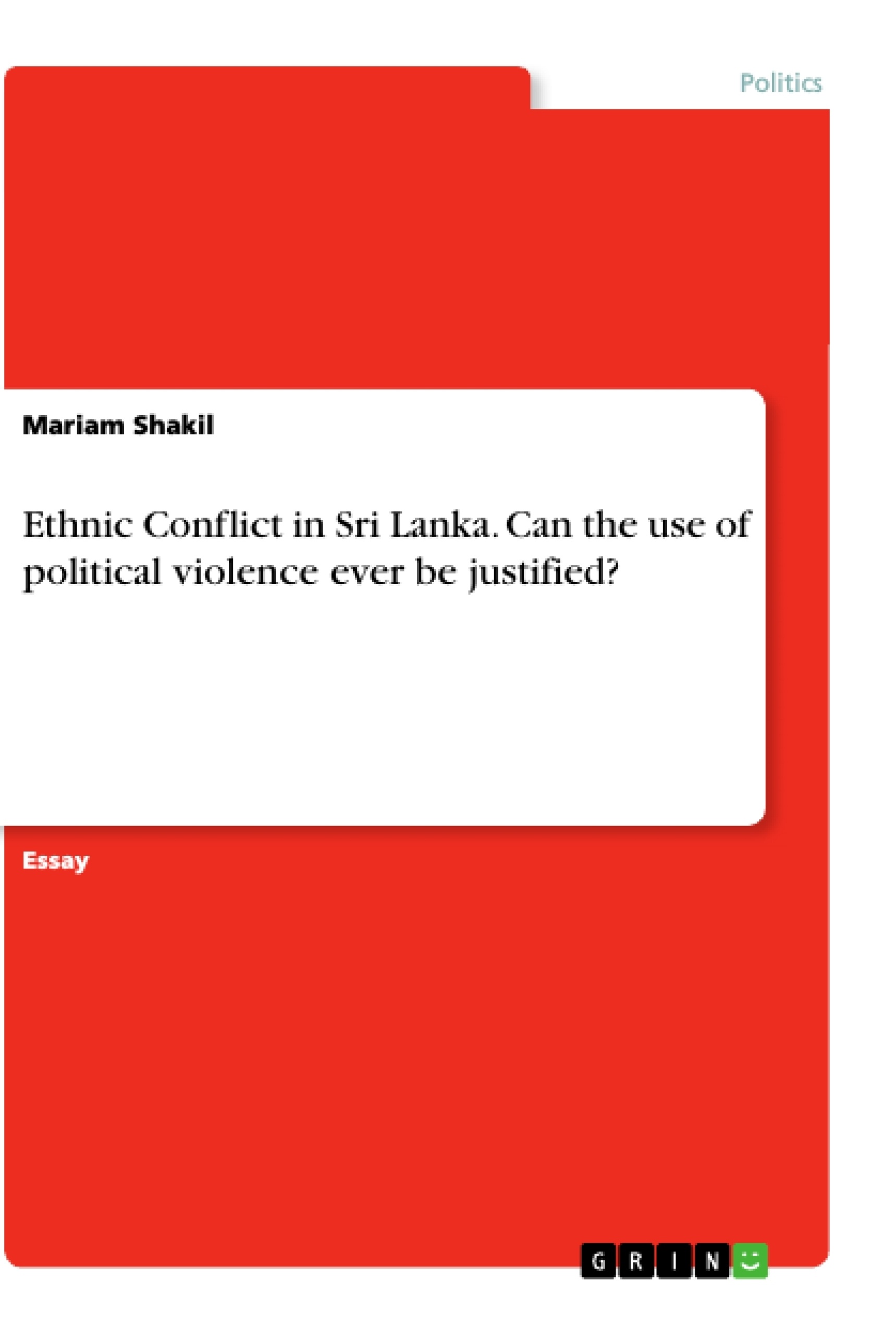“Never think that war, no matter how necessary, nor how justified, is not a crime.” Words were written by Ernest Hemingway depicting the vile nature of war, while strengthening the narrative that war is groundless. Much like Hemingway, many others also share the same view on the atrocious aspects of war itself. Warfare has been witnessed in all parts of the world for centuries. Through the study of history, we are aware of the evolution of methods of warfare. International humanitarian law has helped guide nations to “legitimately” conduct acts of war against others. The toughest pill to swallow though, however obvious, is that one aspect of war will always be inevitable – the casualties. This consequently results in the majority view that war is good for nothing. Then the vital question that must be addressed is that if the effects of violence constitute more harm than good, why is it an available option for nations to resort to? Furthermore, why does the law of war differ for state and non-state actors? In this essay, I would like to examine the conditional nature of war within the international sphere by paying close attention to the Sri Lankan Civil War (1983-2009) as an example to portray the disparities of armed conflict between state and non-state actors, and how the view of such acts are deemed differently through the use of the “Just War” theory.
Inhaltsverzeichnis (Table of Contents)
- Introduction
- Historical Context
- The Rise of Tamil Nationalism
- The Sri Lankan Civil War (1983-2009)
- The Use of Political Violence
- The “Just War” Theory and Its Relevance to the Sri Lankan Context
- The Role of the International Community
- Conclusion
Zielsetzung und Themenschwerpunkte (Objectives and Key Themes)
This essay aims to examine the conditional nature of war within the international sphere by focusing on the Sri Lankan Civil War (1983-2009). It explores the disparities of armed conflict between state and non-state actors and how the "Just War" theory is applied differently in these contexts. The essay also analyzes the role of the international community in addressing ethnic conflict and the potential for political violence to be justified.
- Ethnic Conflict in Sri Lanka
- The Evolution of the Art of War
- The "Just War" Theory
- The Role of the International Community in Addressing Ethnic Conflict
- The Justification of Political Violence
Zusammenfassung der Kapitel (Chapter Summaries)
- Introduction: This section sets the stage by discussing the complexities of war, including its inherent violence and the question of its justification. It also introduces the Sri Lankan Civil War as a case study to explore the differences in how armed conflict is viewed between state and non-state actors.
- Historical Context: This chapter provides a background on the ethnic composition of Sri Lanka, specifically highlighting the Sinhalese and Tamil communities. It examines the legacy of British colonialism and its impact on ethnic relations in Sri Lanka.
- The Rise of Tamil Nationalism: This chapter explores the emergence of Tamil nationalism as a response to perceived discrimination and marginalization. It analyzes the factors that contributed to the growth of the Liberation Tigers of Tamil Eelam (LTTE) and its advocacy for an independent Tamil state.
- The Sri Lankan Civil War (1983-2009): This chapter delves into the major events and turning points of the Sri Lankan Civil War, examining the conflict's devastating impact on the country and its people. It explores the various strategies and tactics employed by both the Sri Lankan government and the LTTE.
- The Use of Political Violence: This chapter examines the ethical and legal justifications for the use of political violence, particularly in the context of ethnic conflict. It explores the arguments for and against the use of violence as a means to achieve political goals.
- The "Just War" Theory and Its Relevance to the Sri Lankan Context: This chapter analyzes the "Just War" theory and its applicability to the Sri Lankan Civil War. It explores the criteria for a just war and assesses whether the conflict meets those criteria. It also considers the limitations and critiques of the theory.
- The Role of the International Community: This chapter examines the international community's response to the Sri Lankan Civil War, analyzing the challenges and complexities of intervening in internal conflicts. It explores the role of international organizations, individual states, and humanitarian actors in addressing the crisis.
Schlüsselwörter (Keywords)
The primary focus of this essay is on ethnic conflict in Sri Lanka, specifically the Sri Lankan Civil War. Key themes include the "Just War" theory, political violence, Tamil nationalism, the role of the international community, and the challenges of addressing ethnic oppression.
- Quote paper
- Mariam Shakil (Author), 2020, Ethnic Conflict in Sri Lanka. Can the use of political violence ever be justified?, Munich, GRIN Verlag, https://www.grin.com/document/932841




